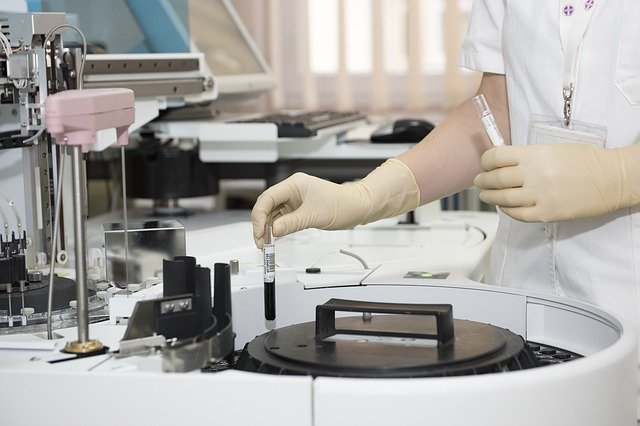Cardiovascular Research Using Animal Models: Hypertension and Atherosclerosis
Animals used in research are invaluable instruments for deciphering disease pathogenesis and creating therapeutic therapies. These animals are employed in medical and veterinary research at the fundamental level. Cardiovascular Animal Testing has been identified as a valuable model for researching human and animal diseases. Mice, rats, rabbits, guinea pigs, sheep, goats, cattle, pigs, primates, dogs, cats, birds, fish, and frogs are used as research animals. Concerns have been raised in recent years as the use of animals has increased. This growth is primarily due to the increased use of genetically modified animals. Every project must take into account the similarities and differences across models. Consideration should be paid to selecting the most appropriate animal model to address the study’s specific research issue. With growing awareness of animal welfare and research ethics, it is critical to acquire accurate results using appropriate models while minimizing animal waste.
The following arguments justify the use of animals in biomedical research.
I Suitability. Animal models are generally simple to operate due to the ability to control the compounding effects of dietary intake and ambient conditions such as temperature and lighting. As a result, environmental variation is rather low in comparison to human studies. Isolation of blood arteries and heart tissues enables extensive experimental and biomolecular studies. Animals have a shorter life expectancy than humans. As a result, they are excellent models since they may be studied throughout their life cycle or even through multiple generations.
(ii) Human-like characteristics. Additionally, many animals are suited due to their anatomical basis and physiological activities being similar to those of humans. For example, humans and chimps share approximately 99 percent and 98 percent of their DNA, respectively. As a result, animals are susceptible to a variety of health disorders that affect humans. As a result, animals serve as excellent models for the study of human diseases.
(iii) Pharmacovigilance. Animals may be used to examine the toxicity, pharmacodynamics, and pharmacokinetic characteristics of chemicals or medications prior to their application in humans. This is critical because, prior to testing on people, the efficacy of medicine as a potential treatment must be established in animals. Disease interventions must be found in order to eventually produce new drugs that benefit people and/or other animals. To protect animals, humans, and the environment, drug safety profiles must be established. A drug’s harmful and damaging effects must be evaluated on an entire organism. This can help ensure that the dose used in clinical trials does not result in fatalities in subsequent research. Additionally, the substances being evaluated must be safe for administration and not contaminate water, soil, or air. Direct testing of medications or chemicals on humans is unethical, necessitating the use of animals in research, however, this has been a point of contention for animal rights and welfare groups.
Prior to undertaking animal research, researchers must ensure that animals are really necessary for their investigations and that no feasible alternative exists. The 3Rs principle has been applied to animal research since 1959 when Russell and Burch established it. Replacement, reduction, and refining are referred to as the 3Rs. When possible, tests should be conducted using nonanimal models, such as in vitro methods involving cell culture or computer model simulations (in silico). Nonetheless, in vitro research often yield less information than in vivo trials. The term “reduction” refers to the necessity of reducing the number of animals, either from prior research or by the use of a size sample calculation in conjunction with an effective experimental design. The term “refinement” refers to efforts to minimize the pain and suffering of test animals by taking into account animal handling and surgical techniques, housing, and living circumstances, and innovations in animal husbandry. These 3Rs are intended to promote compassionate and scientifically sound research that uses or avoids animal models. Guidelines for reporting animal studies, such as the Animals in Research: Reporting In Vivo Experiments (ARRIVE) guidelines and the Gold Standard Publication Checklist (GSPC), are available to guarantee that the use of animals is justified.



